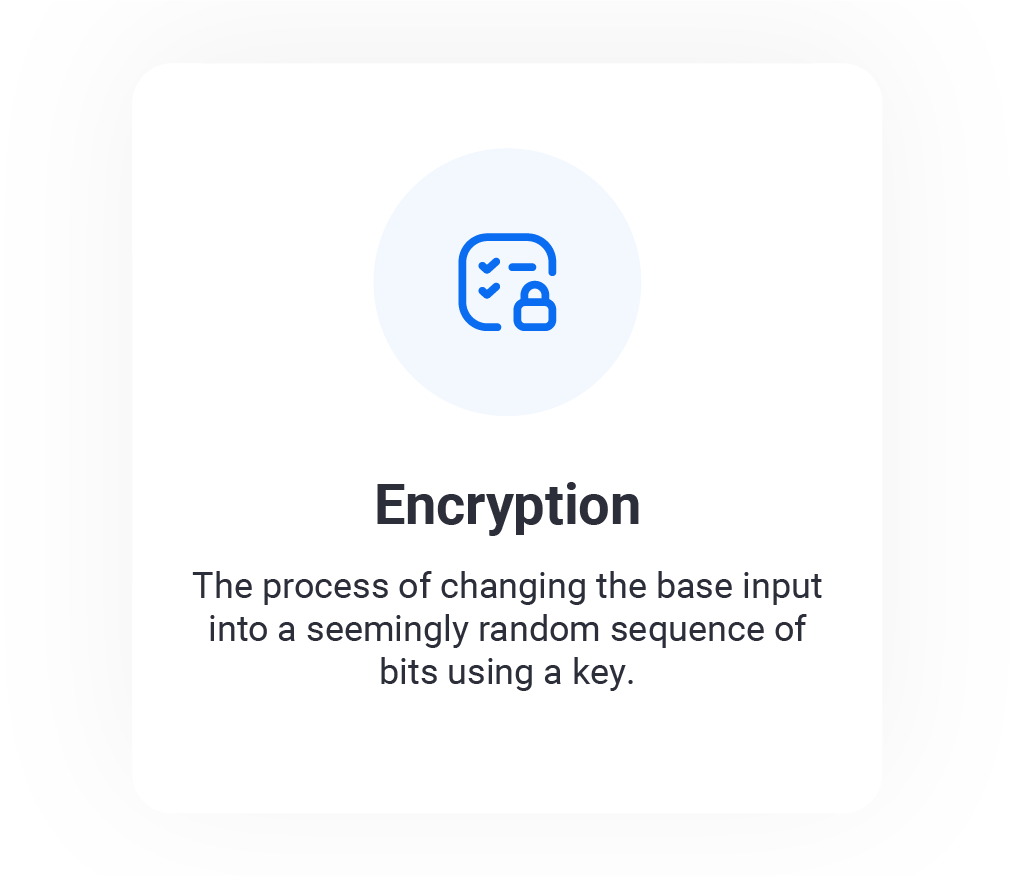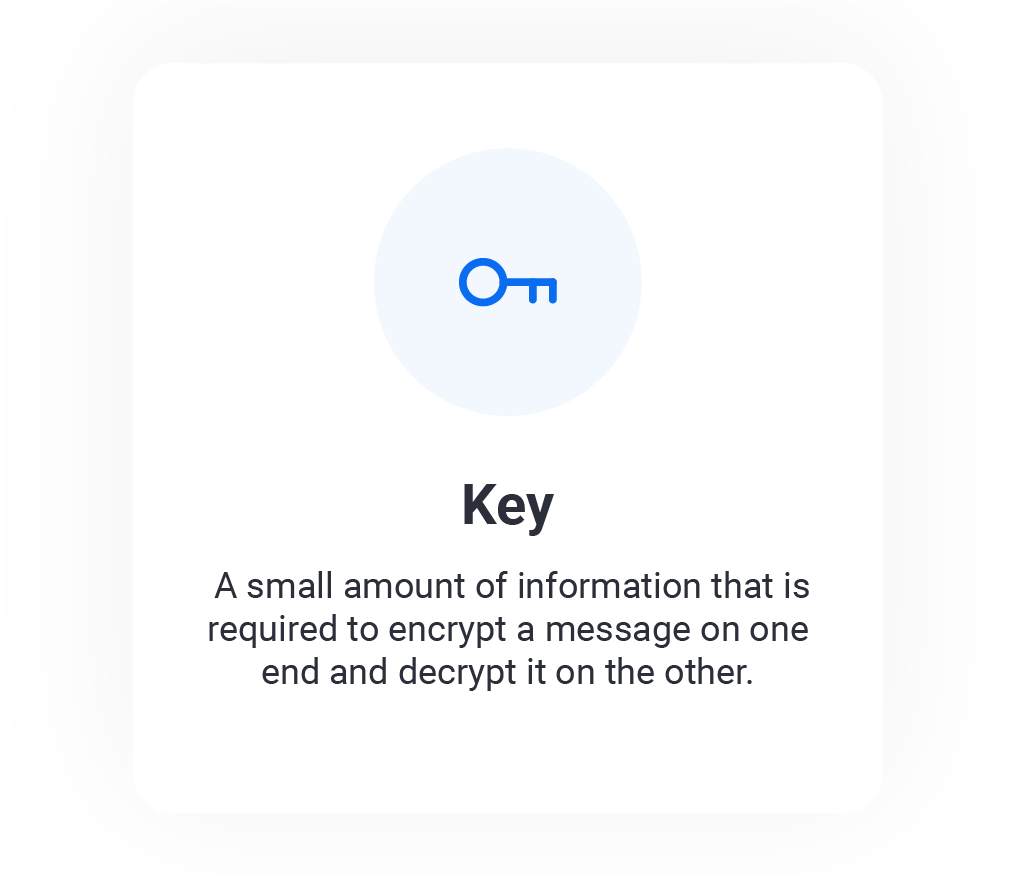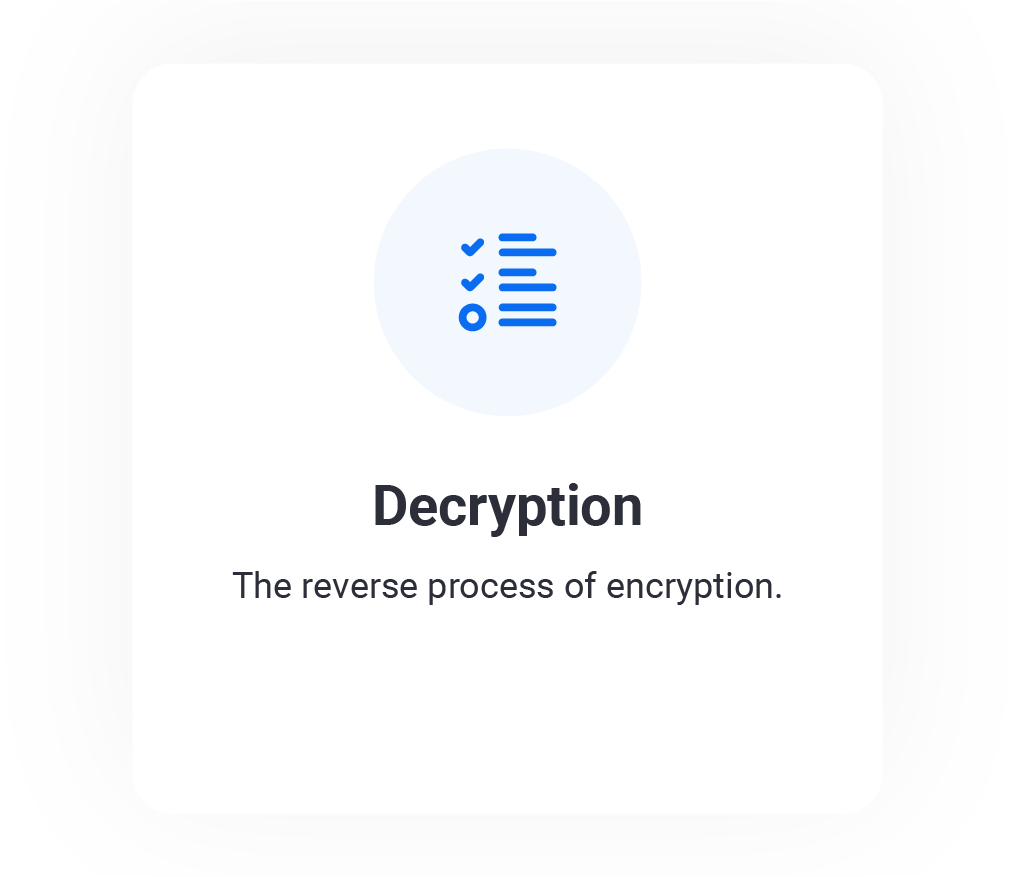Smart contracts help us achieve more than just the transfer of value over blockchain. They let us program outputs based on inputs in a transparent and auditable way on the blockchain. Thanks to smart contracts we are able to utilize Decentralized Finance, mint NFTs and participate in Decentralized Autonomous Organizations.
This is our intro blog to smart contracts that will reveal what smart contracts are, how they work and how they are used today.
What is a smart contract?
A smart contract is in fact a program that resides on the blockchain. It uses a collection of code and data to execute certain actions in line with its own rules. Blockchain algorithms secure smart contracts from tampering using cryptographic functions.
The main functionality of blockchains is to provide an uncensored medium for transactions and an immutable history of transactions between parties. Smart contracts let us execute these transactions following rules that reside on the blockchain. The rules and governance of smart contracts are always transparent due to their public nature.
They are designed to automatically execute and document transactions following the rules set out in the contract. They form the foundation of decentralized finance (DeFi) and are set to become a mainstream governance tool through decentralized autonomous organizations (DAOs).
On cryptography
Cryptography stands for a collection of tools and protocols that allow us to transfer sensitive messages over public channels without revealing their content. The content in encrypted messages can only be accessed by using keys that decode such messages.
The main concepts in cryptography are




How do smart contracts work?
Smart contracts are simply programs that live on the blockchain and run when predetermined conditions are met. They afford the following benefits to their users and operators:
- A transparent, reviewable and auditable set of rules.
- An automated execution of said rules.
- An immediate certainty of the outcomes without interference.
- An immutable history of transactions and actions.
Smart contracts are a key component of application-focused blockchains like Ethereum. Smart contracts are trustless, autonomous, decentralized and transparent. Usually, they are also unmodifiable. Once a smart contract is deployed, it cannot be updated, however, its users can be asked to migrate to a new and improved contract.
Smart contracts are the basic building blocks of decentralized applications or dApps and in general represent a major focus of blockchain development in general.
Decentralized apps
A single smart contract can usually only perform one action, a so-called if-then condition. In order to build a dApp, smart contracts are bundled together to perform many different operations in different cases which yields a more sophisticated program - a dApp.
Decentralized finance (DeFi) is dApps built with financial services in mind. Next to DeFi, popular use cases for dApps are NFTs and their gaming and metaverse applications, smart legal contracts which represent legally binding agreements on the blockchain and smart governance structures that are known by the name decentralized autonomous organizations or DAOs.
Imagine regular software and how it has become an ever present feature of society today. Decentralized applications could start making a similar impact due to the growing need for transparency, decentralized governance, immutability and other benefits offered by the blockchain.
DeFi
Decentralized finance represents an alternative to traditional finance and services (TradFi). The nature of decentralized apps makes DeFi a more balanced space for all investors and eliminates the barriers imposed on traditional finance.
Smart contracts and dApps make it possible to offer advanced financial services on the blockchain. These services include lending, borrowing, trading and others. Another benefit of DeFi is that all the markets run around the clock.
DeFi has already captured billions of dollars in value and the trend looks like it’s going to continue in the future based on the development, sentiment and adoption.
NFTs
Non-fungible tokens or NFTs have become a central point of heated debates lately. Some view them as a scam and a bubble while others see great promise in them. The fact is that the NFT market has exploded in the past year or so. The most prominent NFTs feature digital art but really, they can be used to represent the ownership of any unique asset.
NFTs are minted through smart contracts that assign ownership and manage the transferability of the newly minted asset. The metadata contained in the token can specify a plethora of things like royalties from resale, descriptions of the asset and other relevant information.
Smart legal contracts
Smart contracts on the blockchain perform certain functions based on certain inputs. A smart contract is not bound to blockchain per se. A program similar to a smart contract can be run offline and off the chain. The main difference between a smart contract and a smart legal contract is that smart legal contracts must not be in conflict with any of the laws and regulations applicable to the contract's parties.
In theory, a smart legal contract is a legally binding agreement that is digital and able to connect its terms and the performance of its obligations to external sources of data and software systems.
DAOs
A decentralized autonomous organization or DAO is a governance structure where all the rules are encoded in smart contracts. This sort of organization has no central authority and is governed bottom-up by its participants. The main benefits of such an organization is that it is fully transparent because all the foundational rules, decisions, proposals, voting, and even the very code itself can be publicly audited.
They represent a viable alternative to centralized organizations with sophisticated and unclear processes which can often obscure bad practices.
Wrap up
Stay tuned for part 2 of our smart contracts blog in the coming weeks where we uncover some of their history, some Ethereum alternatives and what regulators have to say about them.